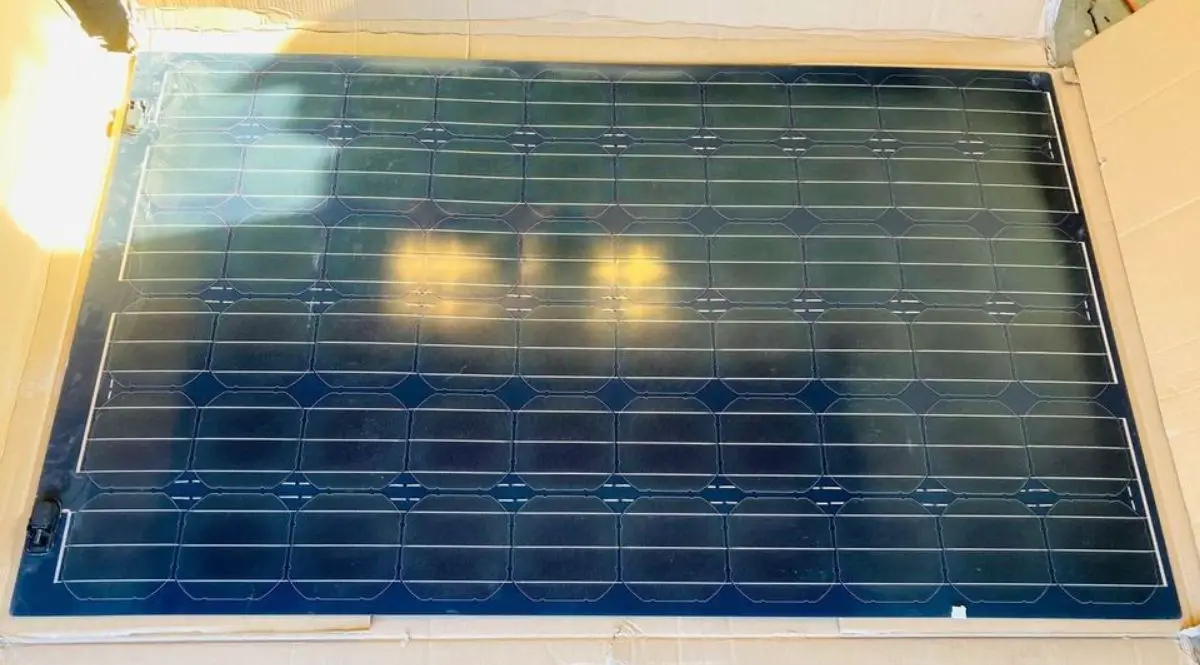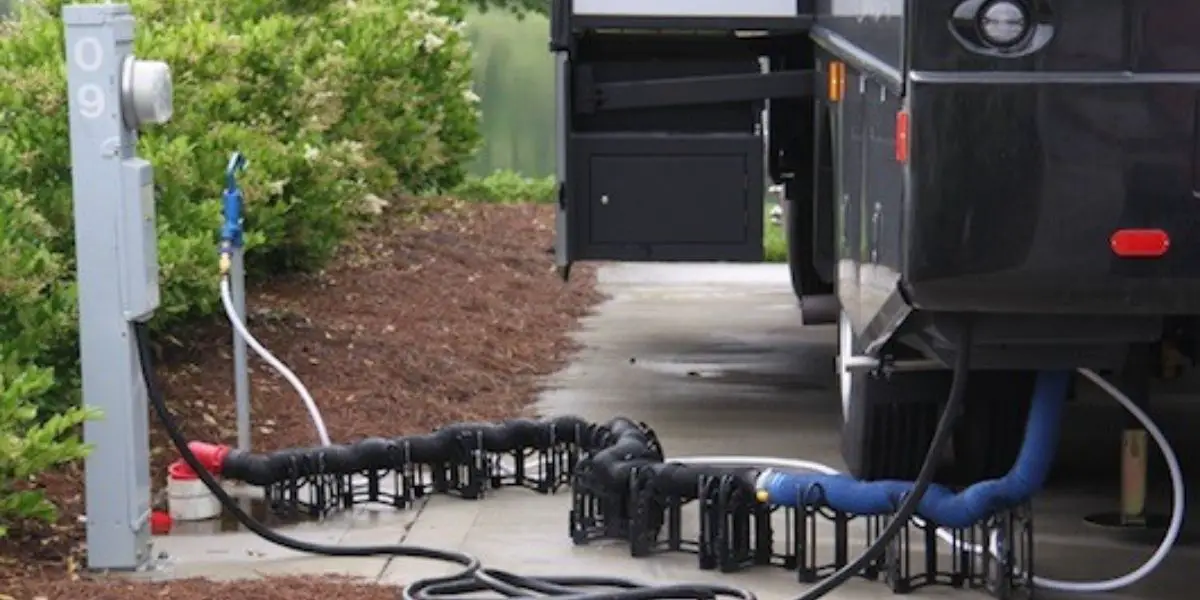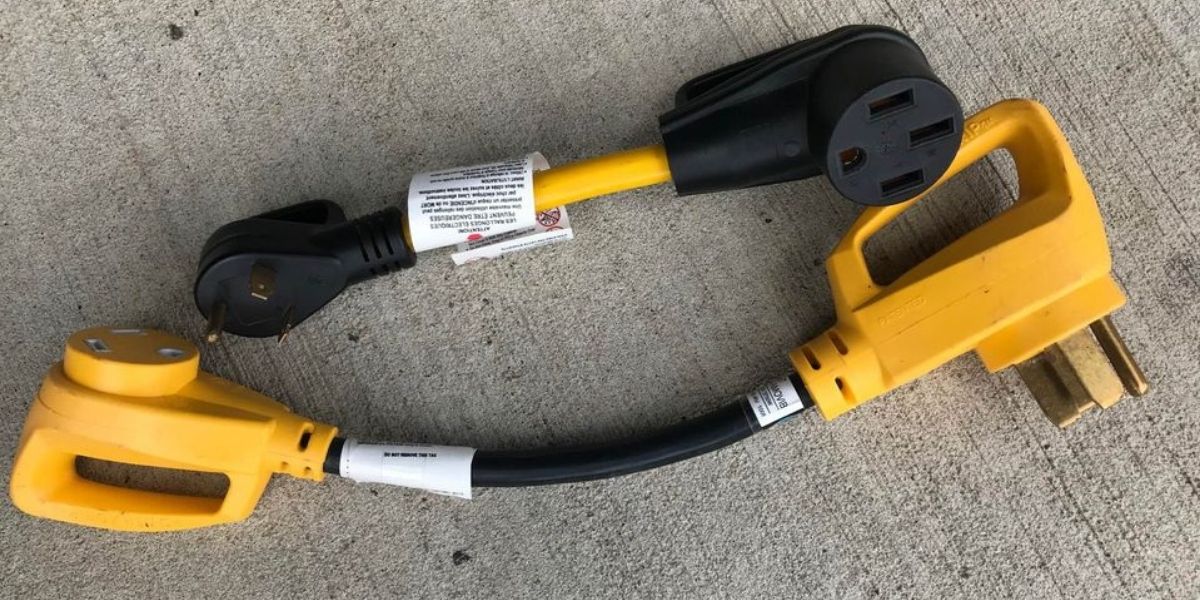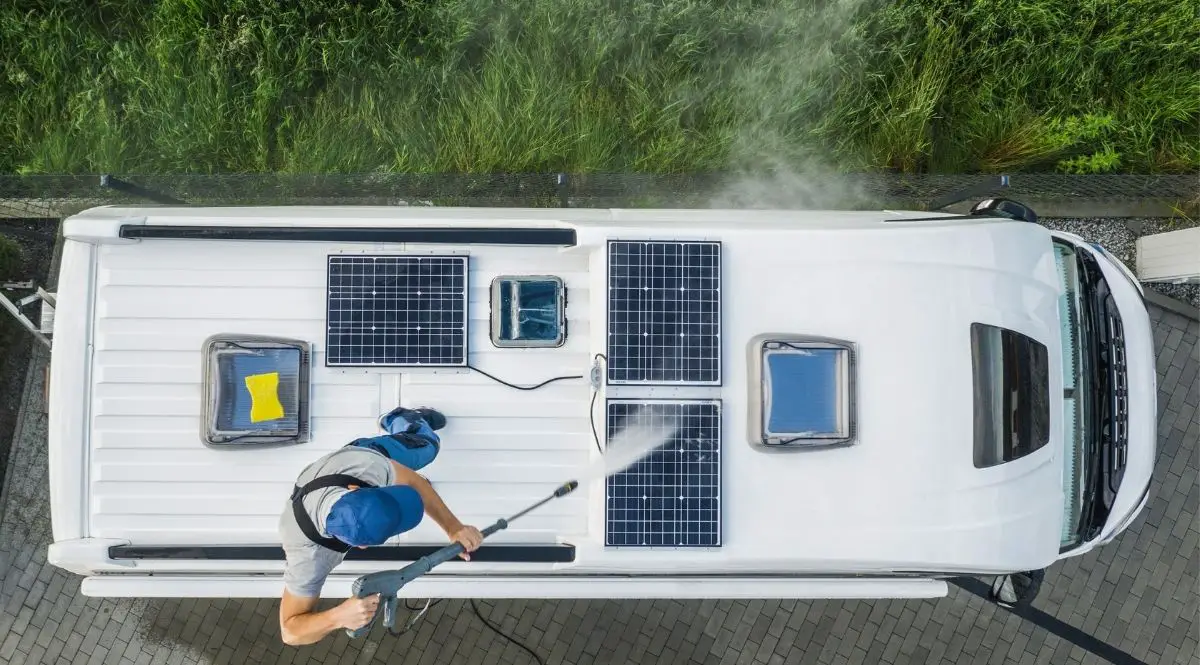There are two major types of solar panels which are suitable for roof mount applications on RVs: rigid, and flexible panels. Adding either type of panel will provide a great source of off-grid energy for your rig This will allow you to travel to more remote locations without losing access to the power that makes life comfortable on the road.
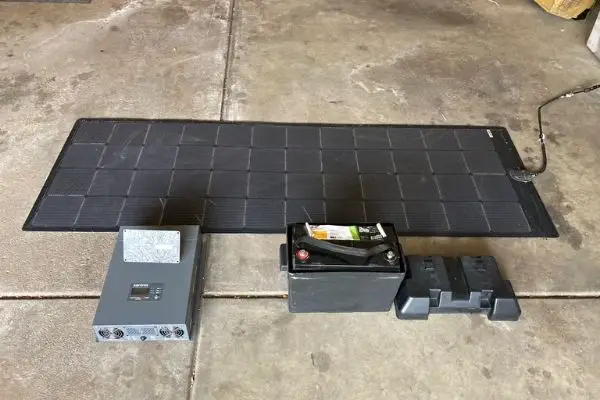
Both types of panels are easy to install and can provide reliable service for many years. There are some distinct differences between them which you will want to consider when choosing which option would be best for you. Here we will look at those differences to see if flexible solar panels are the best choice for your RV. For more information on RV solar systems, check out all our articles here.
Types Of Solar Panels Available?
When shopping for solar panels for your RV you will find that there are many options available. The vast majority of available panels fall into one of two categories: rigid or flexible panels. Within those two main categories, you will find different output values, different physical sizes, and differences in the actual photoreactive chemical makeup of the panels. The key things you will want to look at when comparing panels will be:
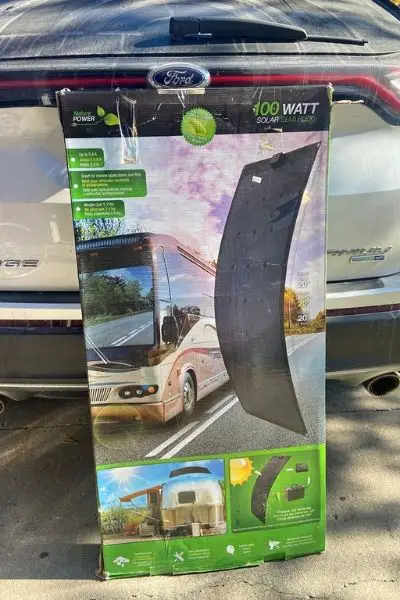
- Energy Output: Measured in Watts, this is the theoretical maximum solar output of the panel on a perfectly clear sunny day at sea level on the equator during the equinox with the panel perfectly aligned with the sun. That’s a lot of parameters that your RV will likely never meet so expect the actual output of the panel to be less than the stated rating. To see how many locations can affect your panel output take a look here.
- Voltage Output: 12-volt panels are most common in RV applications because they generate voltages that are close to a typical RV’s battery system. They are also compatible with the most inexpensive PWM charge controllers. 24-volt panels are also common but may require more expensive equipment to convert the higher voltages for use with an RV’s 12-volt batteries.
- Current Output: Solar panels will be rated for how much current they can generate. This is important for gauging wire sizes and choosing electronic control components for your solar system. All components must be rated to handle the total maximum current your panels can generate.
- Photoreactive material: The two primary types of panels are polycrystalline and monocrystalline. Polycrystalline panels use a mix of crystal compounds to capture light and convert it to electricity. These panels usually have a blueish hue, are less efficient, and cost less. Monocrystalline is made up of a single crystal compound. They are usually black in appearance, more efficient, and higher priced. The efficiency and cost differences between the two types for a typical RV-sized system will be negligible. For this reason, monocrystalline panels are more common.
- Panel Structure: The two main options are rigid and flexible. Most rigid panels consist of a series of rigid solar cells laminated between a rigid clear upper layer, and a white backing layer. This laminated panel is then set in a metal frame for mounting. Flexible panels consist of flexible cells laminated between a thin top clear membrane and a white backing layer. In many cases, adhesive backing is applied so the panel can be mounted like a peel and stick flexible tile.
Rigid Solar Panels VS Flexible Solar Panels Pros & Cons
Both types of panels have pros and cons. Let’s take a quick look at the major factors for each.
Rigid Pros:
- Efficient
- Durable – Last up to 25 years
- Available is a broad range of sizes and outputs
- Readily available from a broad range of quality manufacturers
- Affordable
- Can be mounted on adjustable/tilting frames (see here to get the optimal tilt for your zip code)
Rigid Cons:
- Heavy
- High profile
- Don’t conform well to some spaces
- Frames require drilling your roof to install
Flexible Pros:
- Light Weight
- Conform to odd rooflines and shapes
- Easy to install without drilling holes
- Low profile
Flexible Cons:
- Less efficient
- Less durable
- More expensive
- Can’t be adjusted or tilted to optimize performance
Why Flexible Solar Panels For Your RV?
Flexible panels have some very distinct advantages for use on an RV. These include the following:
- Weight. Most RVs have very specific GVWR ratings which should never be exceeded. That weight includes anything you add to your RV such as solar panels. Flexible panels are lighter than their rigid panel counterparts for any given power output rating. They also don’t need heavy framing structures for mounting as rigid panels do. By using lighter panels, you will free up weight to carry other gear in your RV.
- No Drill Mounting: Flexible panels can be applied directly to the surface of your RV roof without the need to drill mounting holes. Fewer holes in your roof mean less opportunity for leaks which can cause significant damage to your RV before you even realize you have an issue.
- Low profile mounting. Since the panels adhere flat against the roof, there is little to no additional wind resistance when you travel. It is also little to no possibility that high winds could rip your panels off causing significant roof damage.
- Less likely to be stolen. Flexible panels mounted directly to your roof are exceptionally difficult to remove compared to their framed rigid counterparts. They are also more difficult to see from ground level so would-be thieves probably won’t even know they are there. These two factors make them less likely to be stolen from your RV.
How Long Do Flexible Solar Panels last?
Flexible solar panels typically have shorter warranty periods and are not expected to last as long as an equivalent rigid panel. While you can expect to get 20 – 30 years from a rigid panel, flexible panels may only last a few years.
The thin membranes used to protect the solar cells can be easily damaged by large hail, tree branches, and other debris falling on them. Once that membrane is damaged, water intrusion will likely cause the panel to fail.
Even without impacts from sharp objects, the constant exposure to the sun will eventually cause them to discolor, lose efficiency and ultimately fail. For maximum life, look for panels made with ethylene tetrafluoroethylene. This material is more durable and will provide for a longer-lasting panel.
What Issues Do Flexible Solar Panels Face?
While flexible solar panels have several advantages over rigid panels, they are not without their faults. Flexible panels suffer from three primary issues. Efficiency, durability, and the ability to be optimized for the environment.
Flexible panels tend to be anywhere from 2% to 7% less efficient than an equivalent rigid panel. Most RV solar setups are small enough that this difference can be considered negligible, but if you have very specific power or space requirements for your setup then these differences may become important.
Most rigid panels are warrantied for as long as 20 – 25 years. They will likely need replacement from age-related performance degradation before they outright fail. Flexible panels are typically warrantied for 1 to 5 years and will likely fail long before their age-related performance issues come into play.
Finally, once installed, flexible panels become very inflexible. You can’t tilt them toward the sun or make adjustments to optimize performance like you can with rigid panels. In most cases, this won’t be an issue. However, if you camp in the winter months, at higher latitudes, in predominantly cloudy climates, or anywhere that you would need to really optimize your energy collection then rigid panels will offer you greater options.
What are the ideal situations to use flexible solar panels?
There are many factors that would lead you to select flexible panels for your RV’s solar power. An ideal set of circumstances would include things like:
- You camp mainly in lower latitudes or only during the summer months. In these scenarios, the sun is higher in the sky so the need to tilt your panels toward the sun will not be that significant.
- Your RV has a very limited cargo-carrying capacity. Many travel trailers and other RVs are not designed to carry a lot of extra weight. The lightweight of flexible panels makes them a great choice for these rigs.
- You camp mainly in treeless, dry climates. These areas have a lower risk of falling debris like tree branches or hailstones which can easily damage flexible panels.
- You want to maintain the exterior aesthetics of your camper. Flexible panels adhere to the contours of your roof so they won’t change the overall look of your rig.

